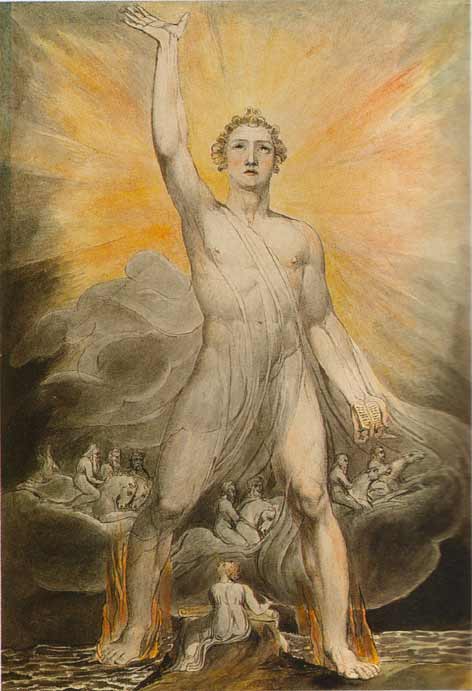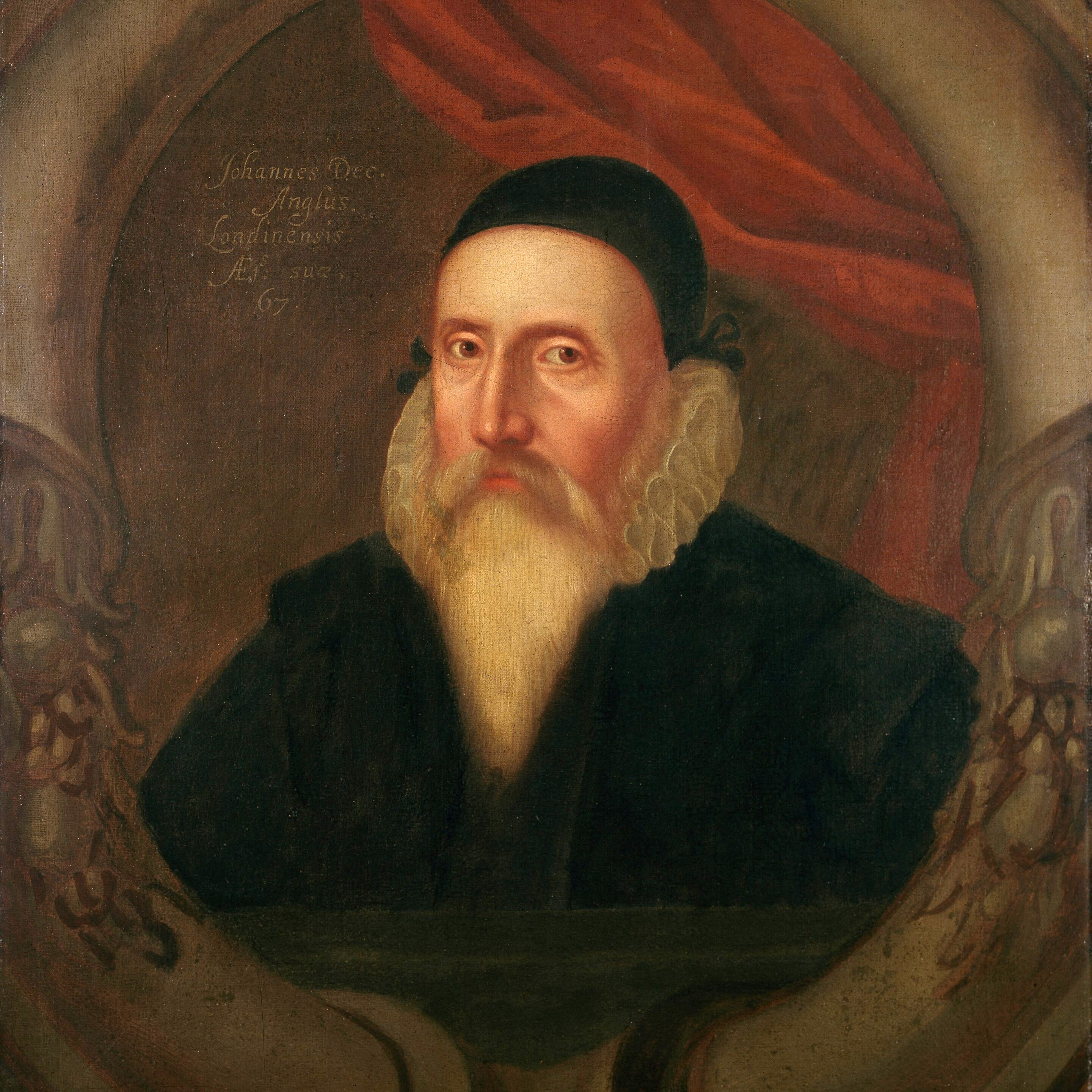Smithfield is one of the few of the great London markets not to have moved from its central site to a location further out with cheaper land, better transport links and more modern facilities (compare with Covent Garden and Billingsgate).
Instead Smithfield market has been modernised on its existing site; for instance, its imposing Victorian buildings have had access points added for lorry loading and unloading purposes. The buildings sit on top of a warren of tunnels: initially, live animals were brought to the market on foot (from the mid 19th century onwards they arrived by rail) and were slaughtered on site. This no longer takes place and the former railway tunnels are now used for storage, parking and as basements. An impressive cobbled ramp spirals down round the public park now known as West Smithfield, on the south side of the market, to give access to part of this area: some of the buildings on Charterhouse Street on the north side have access into the tunnels from their basements.

William Wallace was executed here in 1305. Smithfield was the main site for the execution of heretics. About 50 Protestants were executed here in the reign of Mary
I. Coin forgers were boiled in oil here in the 16th century.
Labels: History, London, Psychogeography
Psychogeography is integral to Canaan Lane, particularly along the route of the Great North Road and the divisions between the Old and New Towns of Edinburgh. Psychogeography can be a tricky beast to pin-down, but in essence it is the study of character of place. It is a pseudo-science of the urban occult, lost or rediscovered spatial symbols, and the configuration of culture, particularly in cities. A concatenation of place and subject, diagnosing and treating a locality as a psychological entity. A few choice quotes Psychogeography: is the hidden landscape of atmospheres, histories, actions and characters which charge environments. The term originally harks back to Thomas De Quincey's dreamy, druggy treks of the nineteenth century and Walter Benjamin's excursions around the Paris streets of the 1920s, fusing Jewish messianism, Kabbalism, Marxism and visionary Surrealism. But after Internationale Situationiste #1 1957, the term evolves again, indicating the study of the effects of geographical settings on mood and behaviour. Today, the expression is possibly most readily associated with Iain Sinclair's synoptic A psycho-geography, then, derives from the subsequent ‘mapping’ of an unrouted route which, like primitive cartography, reveals not so much randomness and chance as spatial intentionality. It uncovers compulsive currents within the city along with unprescribed boundaries of exclusion and unconstructed gateways of opportunity. The city begins, without fantasy or exaggeration, to take on the characteristics of a map of the mind. (Chris Jenks)The situationists' desire to become psychogeographers, with an understanding of the 'precise laws and specific effects of the geographical environment, consciously organized or not, on the emotions and behaviour of individuals', was intended to cultivate an awareness of the ways in which everyday life is presently conditioned and controlled, the ways in which this manipulation can be exposed and subverted, and the possibilities for chosen forms of constructed situations in the post-spectacular world. Only an awareness of the influences of the existing environment can encourage the critique of the present conditions of daily life, and yet it is precisely this concern with the environment which we live which is ignored (Guy Debord's Introduction to a Critique of Urban Geography.)
urban drifts; the divining of the unconscious cultural contours of places: "By the time I was using [the word], it was more like 'psychotic geographer' more of a raging bull journey against the energies of the city of creating a walk that would allow you to enter into a fiction." Sinclair's work is a dense, fused poeticized prose often inspired by walks and free-associated treks around the underside of London, most especially the expansice wilds of the East End and its Essex deltas. (Providence Initiative of Psychogeographic Studies)
Labels: Psychogeography
At the age of fifty six he entered into a spiritual phase, in which he experienced dreams and visions. This culminated in a spiritual awakening, where he felt he was appointed by the Lord to write a Swedenborg's theological writings have elicited a range of responses. Toward the end of Swedenborg's life, small reading groups formed in England and Sweden to study the truth they saw in his teachings and several writers were influenced by him, including William Blake, August Strindberg, Charles Baudelaire, Balzac, William Butler Yeats and Carl Jung. 
heavenly doctrine based on a reformed Christianity. He claimed that the Lord had opened his eyes, so that from then on he could freely visit heaven and hell, and talk with angels, devils, and other spirits. For the remaining 28 years of his life, he wrote and published 18 theological works, of which the best known was Heaven and Hell (1758) and several unpublished theological works.
Clermiston Tower (Corstorphine Hill Tower)
0 comments Published by smfoto on Friday 23 February 2007 at 00:32
 Look to the north or west from any high point in Edinburgh and you can see Corstorphine hill rising 158m from Corstorphine. Formed 3 million years ago, it's a sill and is made of dolerite and picrite to the north.
Look to the north or west from any high point in Edinburgh and you can see Corstorphine hill rising 158m from Corstorphine. Formed 3 million years ago, it's a sill and is made of dolerite and picrite to the north. The Angel of Revelation by William Blake
0 comments Published by smfoto on Wednesday 21 February 2007 at 04:54Map of Canaan Lane, Morningside, EH10 United Kingdom
0 comments Published by smfoto on Tuesday 20 February 2007 at 00:41 The names of several streets in the area follow an Egyptian theme, such as Nile Grove and Canaan Lane. Jordan Lane is named for the small but persistent Jordan Burn which trickles out of sight under Morningside Road. Several theories exist for the origins of these names, and Charles Smith, in his noted history of the area, indicates that the historical evidence does not support a favourite theory. Theories include the presence of a large number of gypsies at the time the land was feud out; the immigration shortly afterwards of a number of notable Jewish people; a connection to the army of Oliver Cromwell and simply the presence of Egypt Farm, nearby.
The names of several streets in the area follow an Egyptian theme, such as Nile Grove and Canaan Lane. Jordan Lane is named for the small but persistent Jordan Burn which trickles out of sight under Morningside Road. Several theories exist for the origins of these names, and Charles Smith, in his noted history of the area, indicates that the historical evidence does not support a favourite theory. Theories include the presence of a large number of gypsies at the time the land was feud out; the immigration shortly afterwards of a number of notable Jewish people; a connection to the army of Oliver Cromwell and simply the presence of Egypt Farm, nearby.
Labels: Edinburgh
John Dee - The Only Known Contemporary Portrait
0 comments Published by smfoto on Sunday 18 February 2007 at 12:29As Above, So Below by John Coulthart
0 comments Published by smfoto on Saturday 17 February 2007 at 10:44 The Kaballah, as envisioned by Manchester-based visionary John Coulthart, with the River Thames substituting for The Abyss.
The Kaballah, as envisioned by Manchester-based visionary John Coulthart, with the River Thames substituting for The Abyss.
Melencolia I, often known as Melancholia I (using the modern spelling) is an engraving by the German Renaissance master Albrecht Dürer. It is an allegorical composition which has been the subject of very many interpretations. One of the most famous old master prints, it has sometimes been regarded as forming one of a conscious group of meisterstreich with his St Jerome in his study (1514) and the Knight, Death and the Devil (1513).
It has been the subject of more modern interpretation than almost any other image in art, including a two volume book by Peter-Klaus Schuster, and a very influential discussion in his Dürer monograph by
Erwin Panofsky. It should be noted that reproduction usually makes the image seem darker than it is in an original impression (copy) of the engraving, and in particular affects the facial expression of the female figure, which is rather more cheerful than in most reproductions.The title comes from the (unusually spelled) title, Melencolia I, appearing within the engraving itself. It is the only one of Dürer's engravings to have a title in the plate. The date of 1514 appears in the bottom row of the magic square, as well as above Dürer's monogram at bottom right. Suggestions that a series of engravings on the subject was planned are not generally accepted. Instead it seems more likely that the "I" refers to the first of the three types of melancholy defined by the German humanist writer Cornelius Agrippa. In this type, Melencholia Imaginativa, which he held artists to be subject to,
'imagination' predominates over 'mind' or 'reason'.(From Wikipedia)



